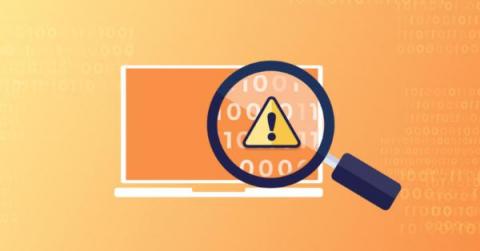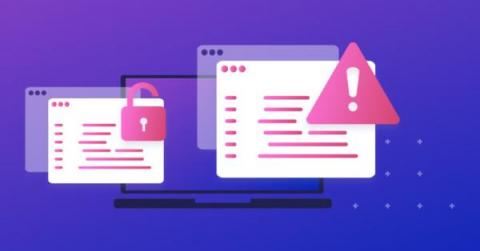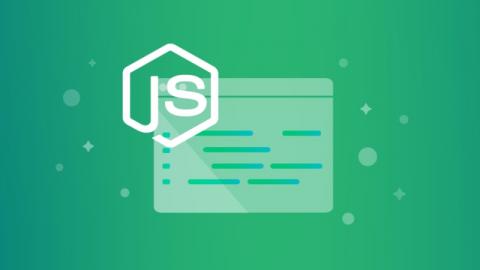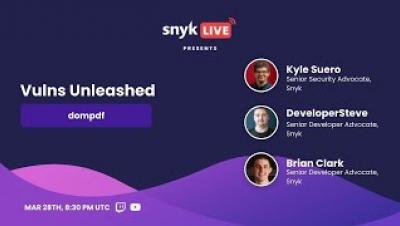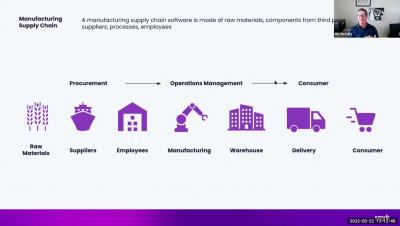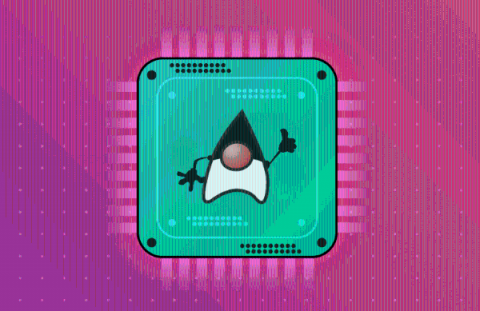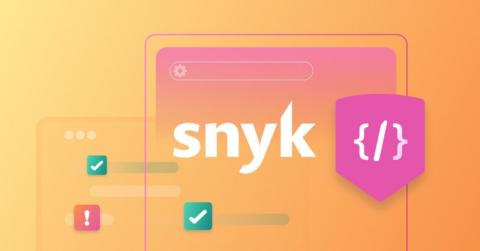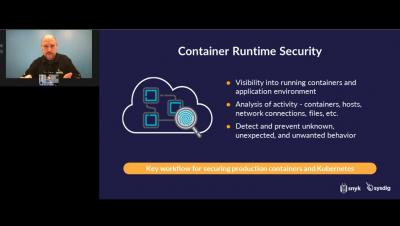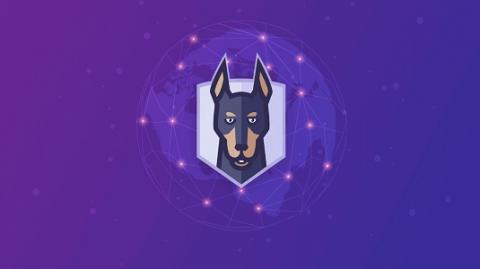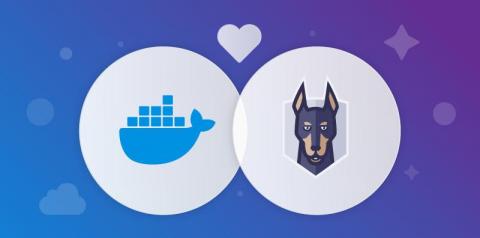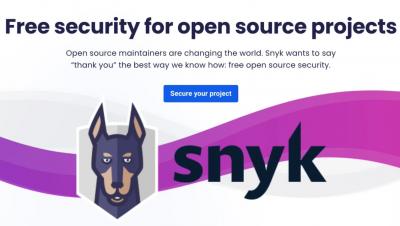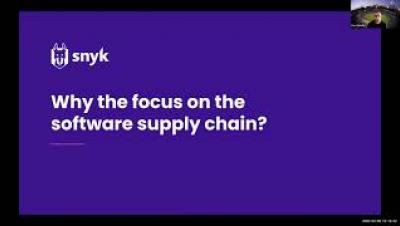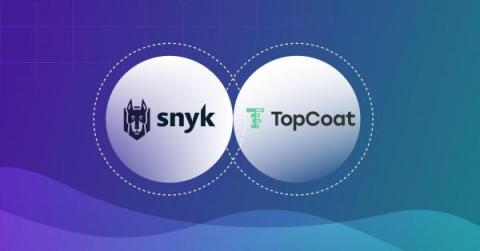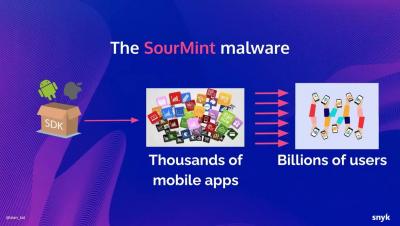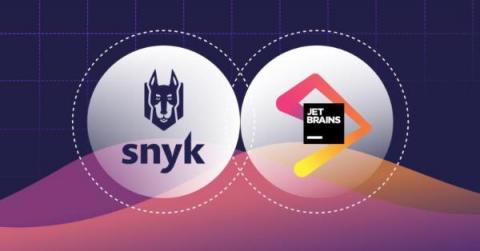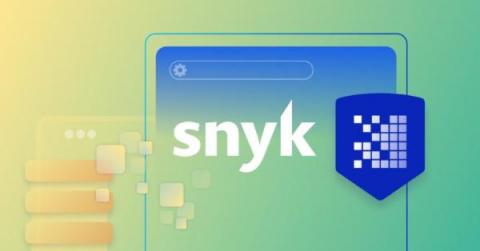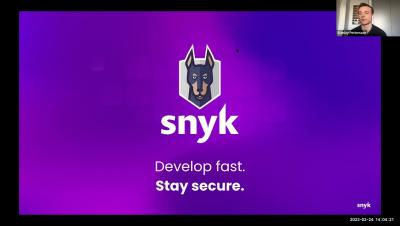Security | Threat Detection | Cyberattacks | DevSecOps | Compliance
March 2022
A Day In The Life of an Energy Company CISO - Mel Migriño
Spring4Shell: The zero-day RCE in the Spring Framework explained
On March 30, 2022, a critical remote code execution (RCE) vulnerability was found in the Spring Framework. More specifically, it is part of the spring-beans package, a transitive dependency in both spring-webmvc and spring-webflux. This vulnerability is another example of why securing the software supply chain is important to open source.
Using the Snyk Vulnerability Database to find projects for The Big Fix
As developers, we all have our morning startup routine: make coffee, check Slack/Discord/email, read the latest news. One thing I do as part of my daily startup routine is check the Snyk Vulnerability Database for the latest open source vulnerabilities. It’s been especially interesting to see the types of exploits and vulnerabilities that appear in different ecosystems.
Is there such a thing as Spring4Shell?
Very early in the morning on March 30th (for me), my colleague DeveloperSteve posted a “Hey, have you seen this?” message in our slack channel. It was an “advance warning” of a “probable” remote code execution (RCE) in the massively popular Java Spring framework. I would come to find out that even earlier than that, the Snyk Security team started investigation a potential RCE in Spring after seeing a tweet that has since been deleted.
Building a secure GraphQL API with Node.js
GraphQL provides security straight out of the box with validation and type-checking. However, it doesn’t fully address security concerns around APIs. In this article, we’ll learn how to secure GraphQL APIs by building a simple Node.js application using Fastify and GraphQL. According to its official documentation, GraphQL is a graph query language for APIs and a runtime for fulfilling those queries with our data.
Security at ServiceNow (feat. Karl Klaessig) - The Big Fix 2022 by Snyk
Vulns Unleashed: dompdf
How to Mitigate Risks in Software Supply Chain Security
How to do password hashing in Java applications the right way!
There are multiple ways to store sensitive passwords. And while having choices can be great, in the context of password storage, picking wrong can be a security nightmare. With that in mind, let’s hash out some of your options 🥁🥁.In this article we’ll discuss how you should hash passwords in your Java applications. While you can apply these principles to any ecosystem, we’ll specifically showcase the best way to handle password hashing in Java.
Improving coverage of cloud resources to reduce infrastructure drift
As developers, we need maximum visibility of what’s actually running in our cloud environments, in order to keep them secure. Infrastructure as code (IaC) helps developers automate their cloud infrastructures, so what’s deployed to the cloud is under control and can easily be audited. But achieving and maintaining 100% IaC coverage of your infrastructure has many challenges.
How Snyk helps satisfy White House cybersecurity recommendations
Our modern digital world has proven that global tensions between countries are not contained to the battlefield. As international cyberattacks and protestware proliferate, the Biden-Harris administration (White House) instructed US institutions, large and small, to be more vigilant about malicious cyber activity.
Best practices for containerizing Go applications with Docker
Containerization describes the creation of a self-contained computing environment that runs on a host machine and any operating system (OS) with an available container runtime engine. Built from an image, a container holds an app and the filesystem alongside configurations, dependencies, binaries, and other specifications needed to run it successfully. Containers are typically much smaller than virtual machines and run in the host’s OS rather than containing OSs themselves.
WTF is Open Source
Protestware is trending in open source: 4 different types and their impact
A few days ago, Snyk reported on a new type of threat vector in the open source community: protestware. The advisory was about a transitive vulnerability — peacenotwar — in node-ipc that impacted the supply chain of a great deal of developers. Snyk uses various intel threat feeds and algorithms to monitor chatter on potential threats to open source, and we believe this may just be the tip of a protestware iceberg.
How to Secure Containers and Eliminate Noise from Code to Production with Sysdig and Snyk
node-ipc sabotages JavaScript developers
dompdf security alert: RCE vulnerability found in popular PHP PDF library
Recently, researchers from Positive Security published findings identifying a major remote code execution (RCE) vulnerability in dompdf, a popular PDF generation library. In their reporting, they outlined a way that code could be loaded into an application and then remotely executed during a PDF being generated. Dompdf is used quite extensively within the PHP ecosystem, and is used within over 59,000 open sourced platforms and projects.
Linux 'Dirty Pipe' vulnerability: Snyk explains the risk and what you can do to protect your systems
How to do password encryption in Java applications the right way!
There are multiple types of encryption and most ecosystems and languages come with many libraries to help you encrypt the data. The question nowadays is, what type of encryption should I pick for the problem. This article will focus on encrypting passwords for Java applications specifically. While we can apply the main principles to any ecosystem, we will explore examples and libraries in Java that are useful for your daily job.
Python RCE vulnerability in Celery
10 tips for keeping your Docker containers safe from Log4Shell
Today we’re pleased to announce an update to our popular Docker and Snyk vulnerability cheat sheet. Since 2020, millions of MacOS and Windows developers have been able to use docker scan to analyze their containers in their local environments as part of their day-to-day development. This capability gives teams feedback at the time of active development for faster cycles.
Alert: peacenotwar module sabotages npm developers in the node-ipc package to protest the invasion of Ukraine
On March 15, 2022, users of the popular Vue.js frontend JavaScript framework started experiencing what can only be described as a supply chain attack impacting the npm ecosystem. This was the result of the nested dependencies node-ipc and peacenotwar being sabotaged as an act of protest by the maintainer of the node-ipc package.
Live Hacking: Find Vulnerabilities in Your Apps Before Hackers do
Tools for infrastructure drift detection
Predicting infrastructure drift is like predicting snowfall in winter… you know it will happen at some point but you can’t predict exactly when. And just like snowfall, having a way to detect it as early as possible is what will make you the most prepared and your infrastructure more secure! In this article, we’ll explore the principles of drift detection, the different kinds of drift and why they happen, and tools to help detect drift with a simple example.
Build a software bill of materials (SBOM) for open source supply chain security
More than ever, developers are building web applications on the foundations of open source software libraries. However, while those libraries make up the software bill of materials (SBOM) components inventory, not all developers and business stakeholders understand the significant impact on open source supply chain security that stems from including 3rd party libraries.
Announcing Snyk free security for open source projects
This Week in VulnDB - 10th March 2022
A Day In The Life of A Service Company CISO - Caroline Wong
How to Mitigate the Risks of Software Supply Chain Security
Infrastructure drift and drift detection explained
Expectations do not always line up with reality. If you’ve started using infrastructure as code (IaC) to manage your infrastructure, you’re already on your way to making your cloud provisioning processes more secure. But there’s a second piece to the infrastructure lifecycle — how do you know what resources are not yet managed by IaC in your cloud? And of the managed resources, do they remain the same in the cloud as when you defined them in code?
"Dirty Pipe" Linux vulnerability and your containerized applications (CVE-2022-0847)
Recently, CVE-2022-0847 was created detailing a flaw in the Linux kernel that can be exploited allowing any process to modify files regardless of their permission settings or ownership. The vulnerability has been named “Dirty Pipe” by the security community due to its similarity to “Dirty COW”, a privilege escalation vulnerability reported in CVE-2016-5195, and because the flaw exists in the kernel pipeline implementation.
Mitigating Risks in Software Supply Chain
Simplifying container security with Snyk's security expertise
The most beautiful and inspiring aspect about open source code is, well, that it’s open source. We can look at open source packages like gifts that are exchanged between developers across the engineering world, allowing them to learn from the work other people do, contribute their own expertise, and grow their professional capabilities. Contributing to open source is much appreciated, and it is important to remember not only to benefit from these projects, but also to contribute back.
Welcoming TopCoat to Snyk
We’re excited to announce that Snyk and TopCoat are joining forces. TopCoat and its founders — Seth and Josh Rosen — are well established and respected in the data analytics space. They’ve built a powerful data analytics platform that simplifies building data applications through an integration with dbt, allowing data analysts and engineers to quickly create highly customized data reporting and visualizations.
Are We Forever Doomed By Software Supply Chain Risks?
Snyk and Bitbucket best practices cheat sheet
As the partnership between Snyk and Atlassian continues to grow, we decided to put together a best practices cheat sheet to help you make the most of our integration with Bitbucket. This will help you use Bitbucket more securely to manage and store your code, as well as continuously monitor your code and dependencies for potential vulnerabilities using Snyk. Here are the seven best practices we’ll discuss in this post: Download the cheat sheet
Adding Container and IaC security to the Snyk plugin for Jetbrains
We’re excited to announce that infrastructure as code (IaC) and container security are joining code and open source dependency security in the free Snyk plugin for JetBrains IDEs. As of today, developers using JetBrains IDEs can secure their entire application with a click of a button. Snyk Security for JetBrains increases code security and reduces time spent on manual code reviews by empowering developers to find and fix issues within their JetBrains IDEs.
Introduction to penetration testing for developers
Developers take a lot of pride in their work. We strive to consistently deliver the best code and avoid dangerous edge-cases. Which is why we aim to detect and remediate bugs before they ship through testing and code reviews. However, when it comes to security, sometimes we fall flat. When a team lacks the proper security tooling, it can stunt development, create extra work, and deliver dangerous security defects to clients and end-users.
Securing cloud infrastructure for PCI review
The PCI certification process is quite comprehensive and relates to infrastructure, software and employee access to systems, in particular to datasets and the way that they are accessed. These checks are critical not only to the wider payments industry but also to create a level of trust with users knowing their data is protected. The PCI compliance process is a number of checks, usually by an accredited third party, to ensure that secure data handling processes are in place.
Snyk Customer Story - Atlassian
Introduction to Snyk IaC Workshop
DevSecCon panel discussion: Which comes first, security or the app?
In application development, security plays an increasingly more prevalent role in protecting infrastructure and data, and ensuring a high level of user trust. Recently, Snykers Vandana Verma Sehgal and DeveloperSteve hosted a panel discussion with seasoned industry experts who shared their insights about exactly when security should be brought into app development.




